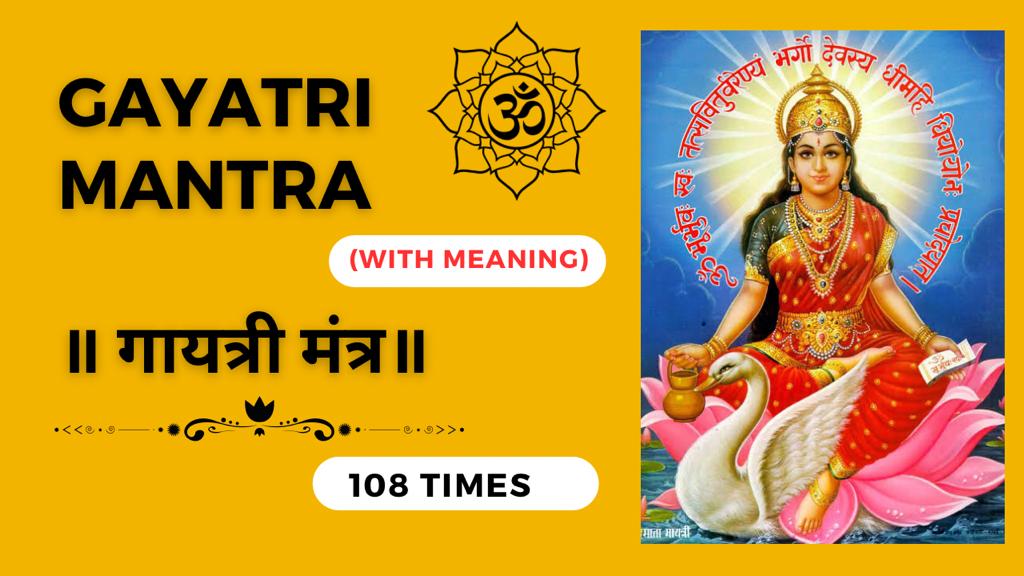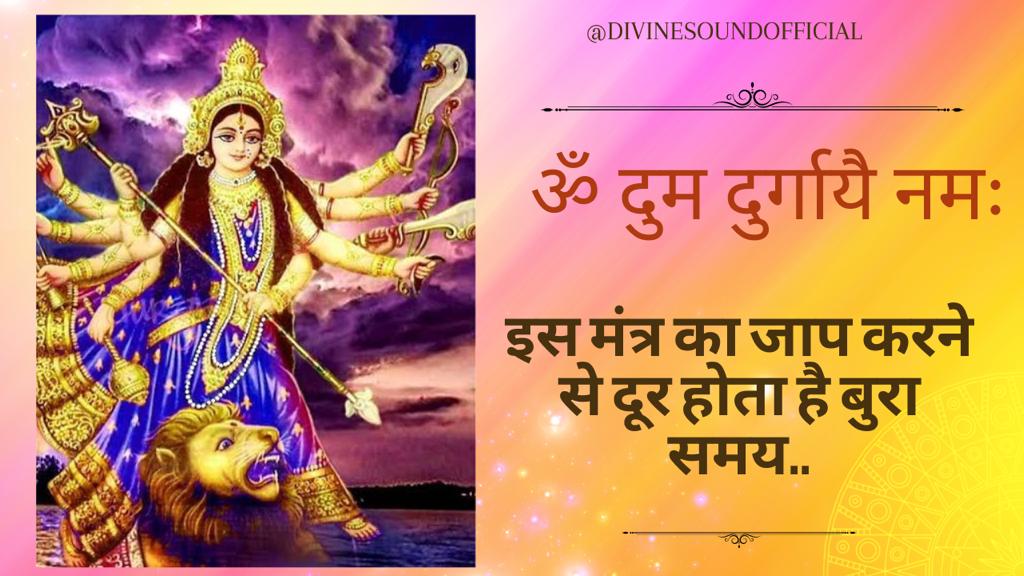The Gayatri Mantra is one of the most revered and widely recited mantras in Hinduism. It is a hymn from the Rigveda, which is one of the oldest sacred texts of Hinduism. The mantra is dedicated to the Goddess Gayatri, who is considered to be the Mother of all Vedas and the embodiment of the Divine feminine.
The Gayatri Mantra is a powerful invocation that is believed to awaken the intellect and the spiritual powers within an individual. It is said to be a prayer for enlightenment and is often chanted at the beginning of spiritual practices and ceremonies. The mantra is composed of 24 syllables and is traditionally recited in Sanskrit.
Here is the text of the Gayatri Mantra in Sanskrit: ॐ भूर्भुवः स्वः तत्सवितुर्वरेण्यं भर्गो देवस्य धीमहि धियो यो नः प्रचोदयात्॥
And here is the transliteration of the mantra in English: Om Bhur Bhuvaḥ Swaḥ Tat-savitur Vareñyaṃ Bhargo Devasya Dhīmahi Dhiyo Yonaḥ Prachodayāt
The meaning of the mantra can be interpreted in various ways, but a common interpretation is as follows:
“Om. Let us meditate on the glorious power of Savitri, the Sun. May he inspire our minds.”
The mantra is usually chanted in a specific manner, with each syllable pronounced with equal emphasis and duration. It is often accompanied by the repetition of the sacred sound “Om” before and after the mantra.
The Gayatri Mantra is not only significant in Hinduism but also in other religions such as Buddhism, Jainism, and Sikhism. It is believed to have the power to purify the mind, body, and soul and bring about a sense of peace and harmony within oneself.
In addition to its spiritual significance, Gayatri Mantra (Om Bhur Bhava Swaha) has also been studied scientifically. Researchers have found that chanting the mantra can have a positive effect on the brain and nervous system, leading to improved cognitive function, reduced stress, and increased feelings of well-being.
In conclusion, the Gayatri Mantra is a powerful and sacred hymn that has been chanted for thousands of years. Its significance extends beyond religious boundaries, and it continues to be a source of inspiration and enlightenment for many people around the world.




